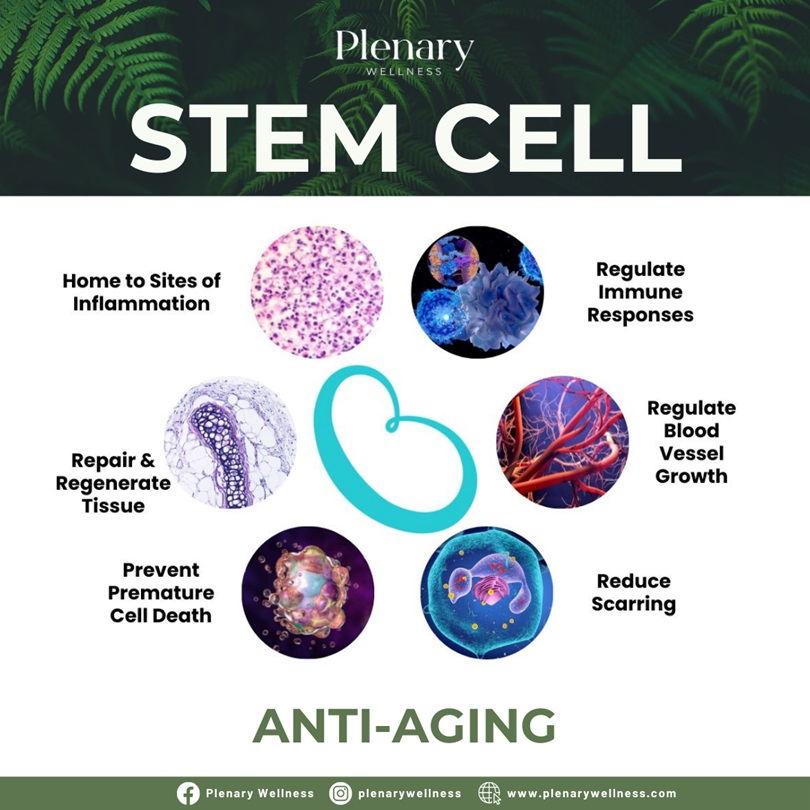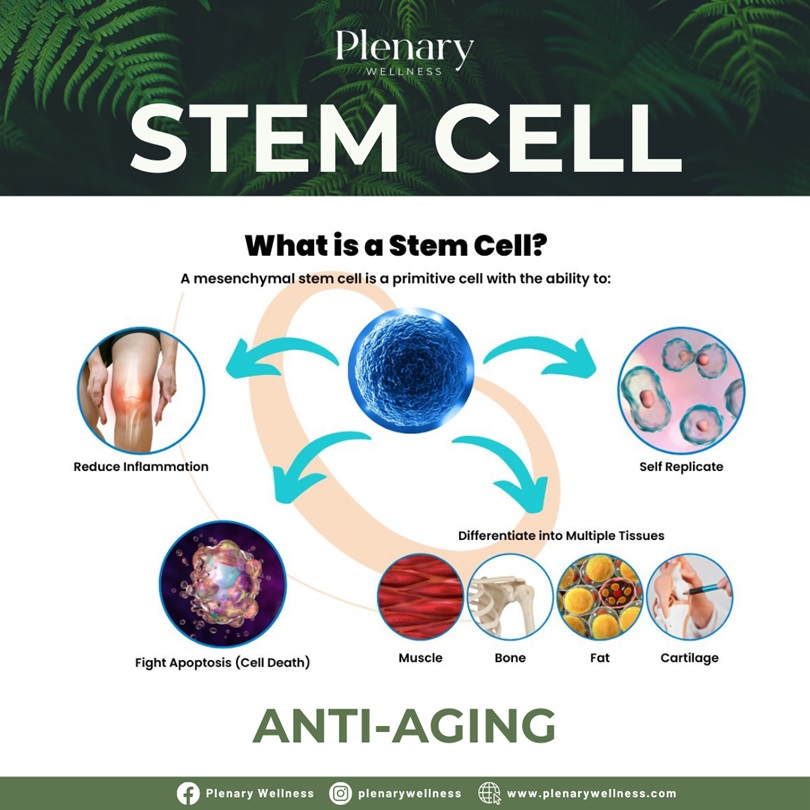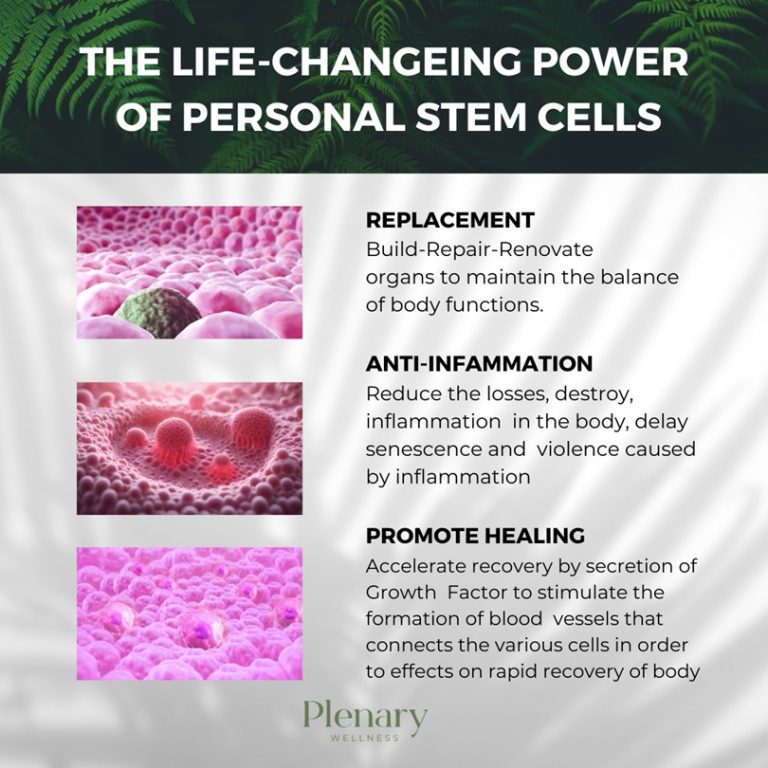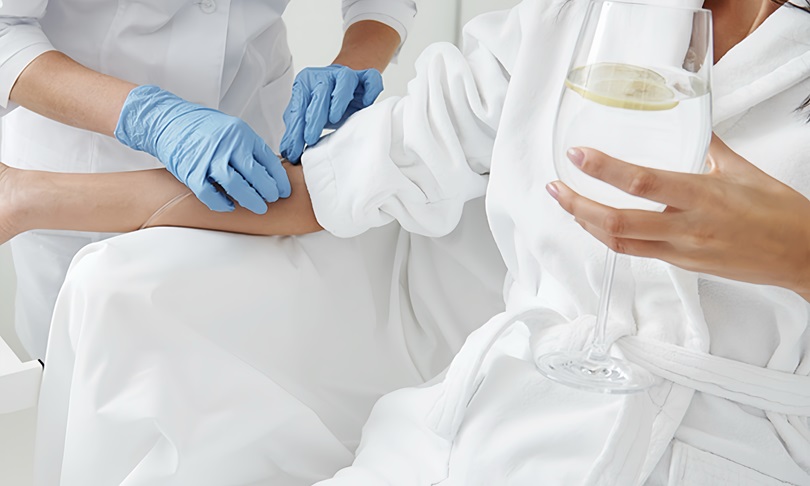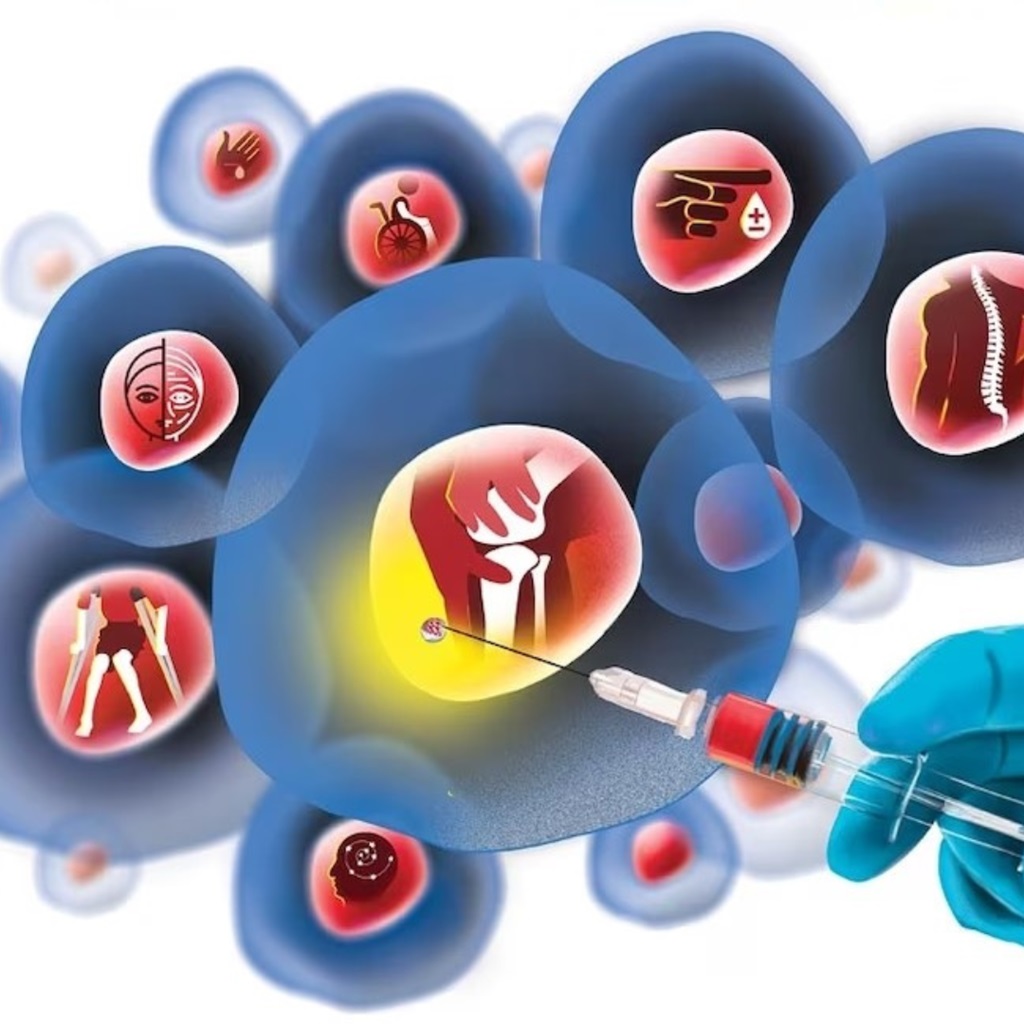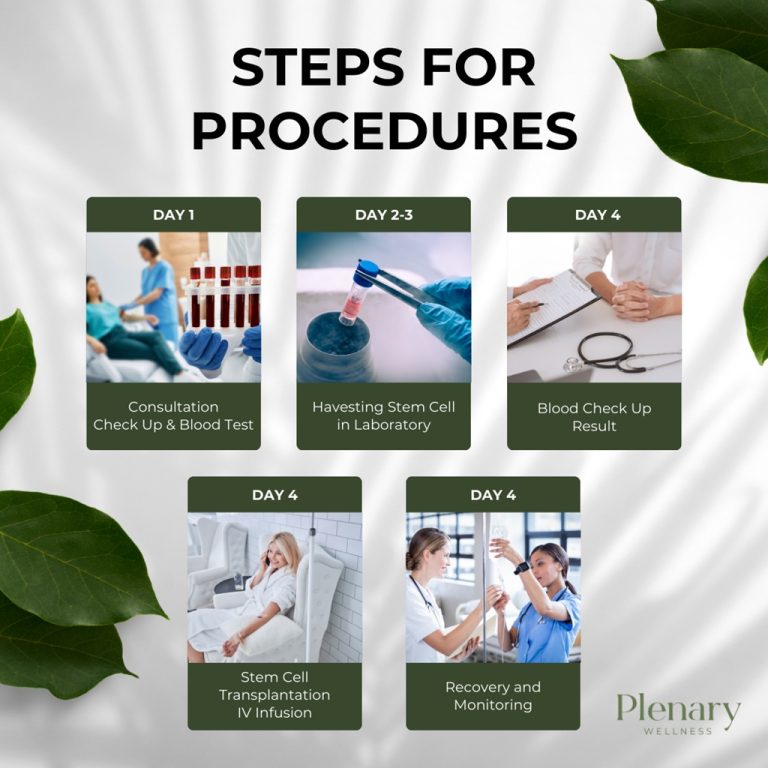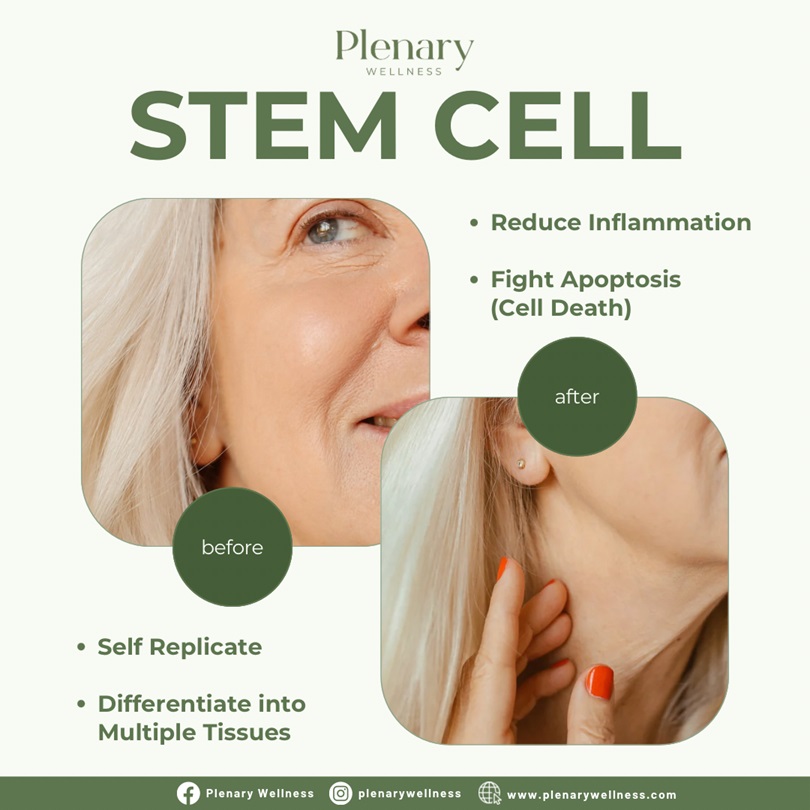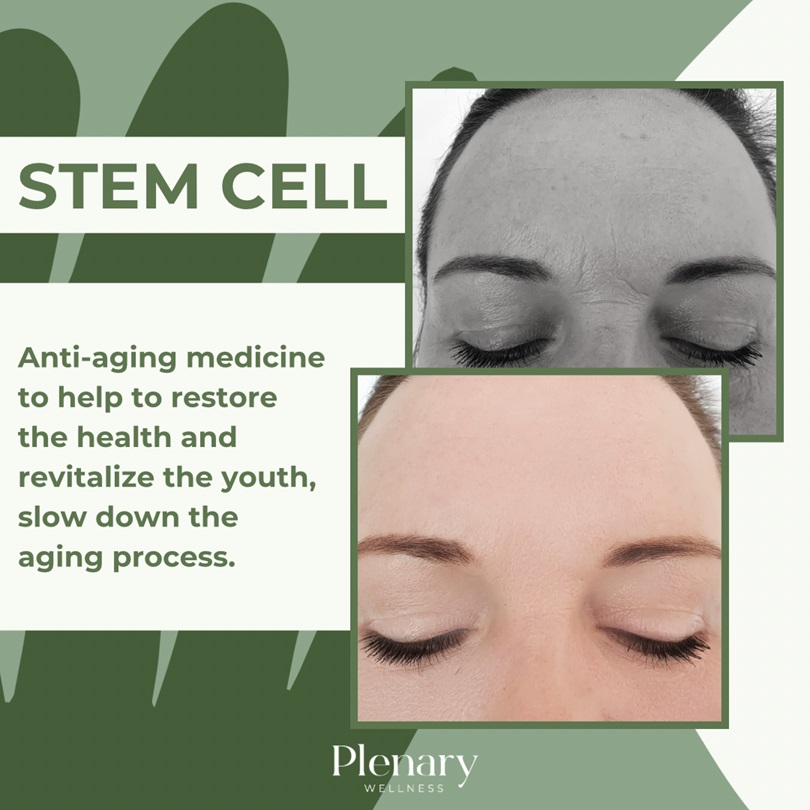Stem cell IV therapy in Phuket involves administering stem cells into the bloodstream, where they circulate and potentially interact with various tissues and organs. Understanding how this therapy works after administration is complex and involves several biological processes:
Mechanisms of Action
1. Circulation and Homing:
Initial Circulation: After IV administration, stem cells enter the bloodstream and circulate throughout the body. The distribution of these cells depends on various factors, including the size of the cells and the health of the patient’s vascular system.
Homing: Some stem cells are capable of homing to specific tissues or organs where they are needed. This process involves the stem cells responding to signals from damaged tissues, which can include chemical signals or inflammatory factors.
2. Engraftment and Integration:
Engraftment: For stem cells to be effective, they need to engraft or integrate into the target tissue. This means that stem cells must attach to the tissue, which can be influenced by the tissue microenvironment.
Differentiation: Once in the target tissue, stem cells may differentiate into specific cell types needed for repair. For example, in a damaged heart, stem cells might differentiate into cardiomyocytes (heart muscle cells).
3. Paracrine Effects:
Secretion of Growth Factors: Even if stem cells do not directly integrate into damaged tissues, they can exert therapeutic effects through the secretion of growth factors, cytokines, and extracellular vesicles. These factors can promote tissue repair, reduce inflammation, and modulate the immune response.
4. Immune Modulation:
Anti-inflammatory Effects: Some stem cells, such as mesenchymal stem cells (MSCs), have immunomodulatory properties. They can reduce inflammation by affecting immune cell activity and secretion of anti-inflammatory cytokines.

